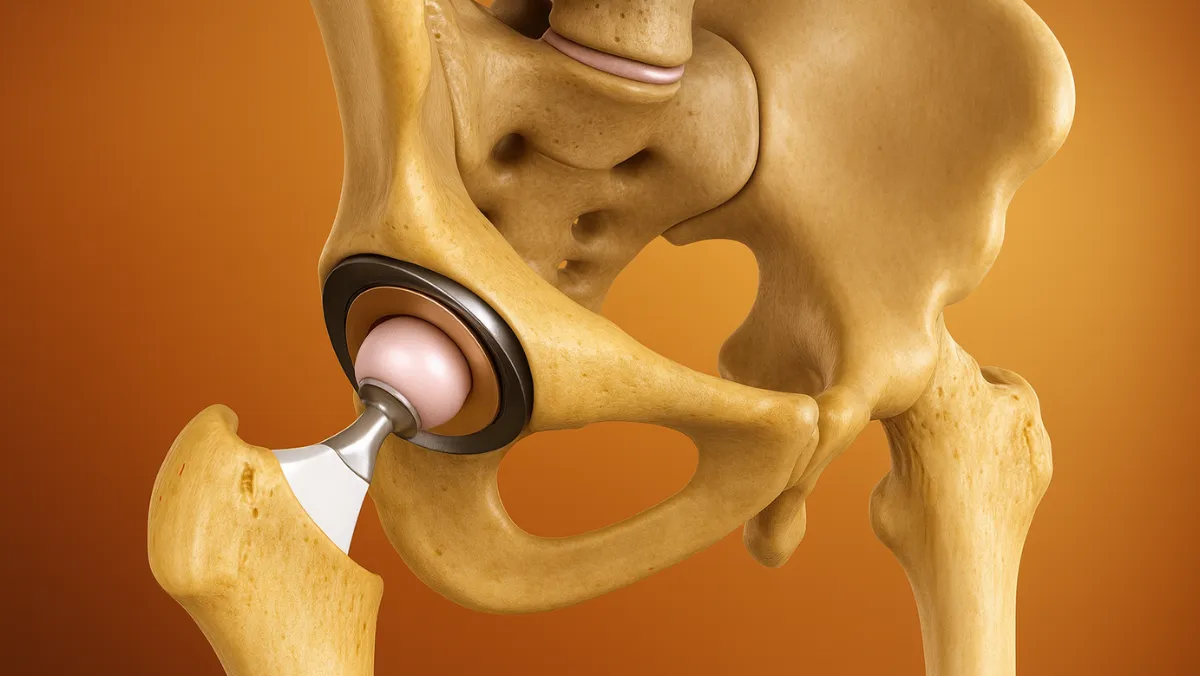
Safety Rate
Hip pain caused by arthritis, fractures, or joint degeneration can severely affect mobility and independence. When conservative treatments such as medications, physiotherapy, and lifestyle changes fail to provide relief, Total Hip Replacement (THR)—also known as hip arthroplasty—becomes one of the most effective solutions. This surgical procedure involves replacing the damaged hip joint with a prosthetic implant designed to mimic the function of a healthy joint. THR is widely performed around the world and has given millions of patients a chance to live without chronic hip pain.
In a healthy hip, the ball-and-socket joint allows smooth, pain-free movement. Over time, conditions such as osteoarthritis, rheumatoid arthritis, avascular necrosis, or traumatic fractures can wear down the joint’s cartilage and bone, leading to stiffness and persistent pain.
Total Hip Replacement surgery replaces both the femoral head (ball) and the acetabulum (socket) with artificial components made from high-grade metal, ceramic, or plastic materials. These implants are designed to restore the natural anatomy of the hip, improving mobility while reducing discomfort.
THR can be performed using either a cemented technique, where the prosthesis is fixed with bone cement, or a cementless approach, where the implant is press-fitted and integrates naturally with bone growth. The choice of technique depends on patient age, bone quality, and activity level.
Recovery from THR is structured and gradual:
Like any surgery, THR carries certain risks including infection, blood clots, dislocation, or implant loosening over time. With proper surgical care, rehabilitation, and lifestyle management, however, the success rate remains very high, and most patients enjoy decades of improved hip function.
Total Hip Replacement is a proven, life-changing procedure for individuals suffering from chronic hip pain and disability. By replacing the damaged joint with modern prosthetic implants, the surgery restores mobility, reduces pain, and helps patients regain independence. With proper rehabilitation and care, THR offers long-term benefits and allows patients to enjoy an active and fulfilling lifestyle once again.
A total hip replacement is a surgical procedure where a damaged or diseased hip joint is replaced with artificial components, including a metal or ceramic ball and a socket. This surgery is typically performed to relieve severe pain, restore mobility, and improve quality of life in patients with arthritis, fractures, or other hip joint disorders.
After a hip replacement, certain activities are strongly discouraged to prevent dislocation or injury. Patients should avoid crossing their legs, bending the hip beyond 90 degrees, twisting the operated leg inward, or lifting heavy objects. High-impact activities like running, jumping, or contact sports are also unsafe. Following these precautions is critical for long-term joint stability and recovery.
Recovery from a hip replacement varies but generally takes 6 to 12 weeks for most daily activities. Full recovery, including regaining strength and mobility, may take 3 to 6 months. Rehabilitation exercises, physical therapy, and gradual activity progression are essential. Recovery speed depends on age, overall health, and adherence to post-surgical instructions provided by the healthcare team.
Take the first step towards pain-free living. Book your consultation today and discover personalized treatment options tailored to your needs.